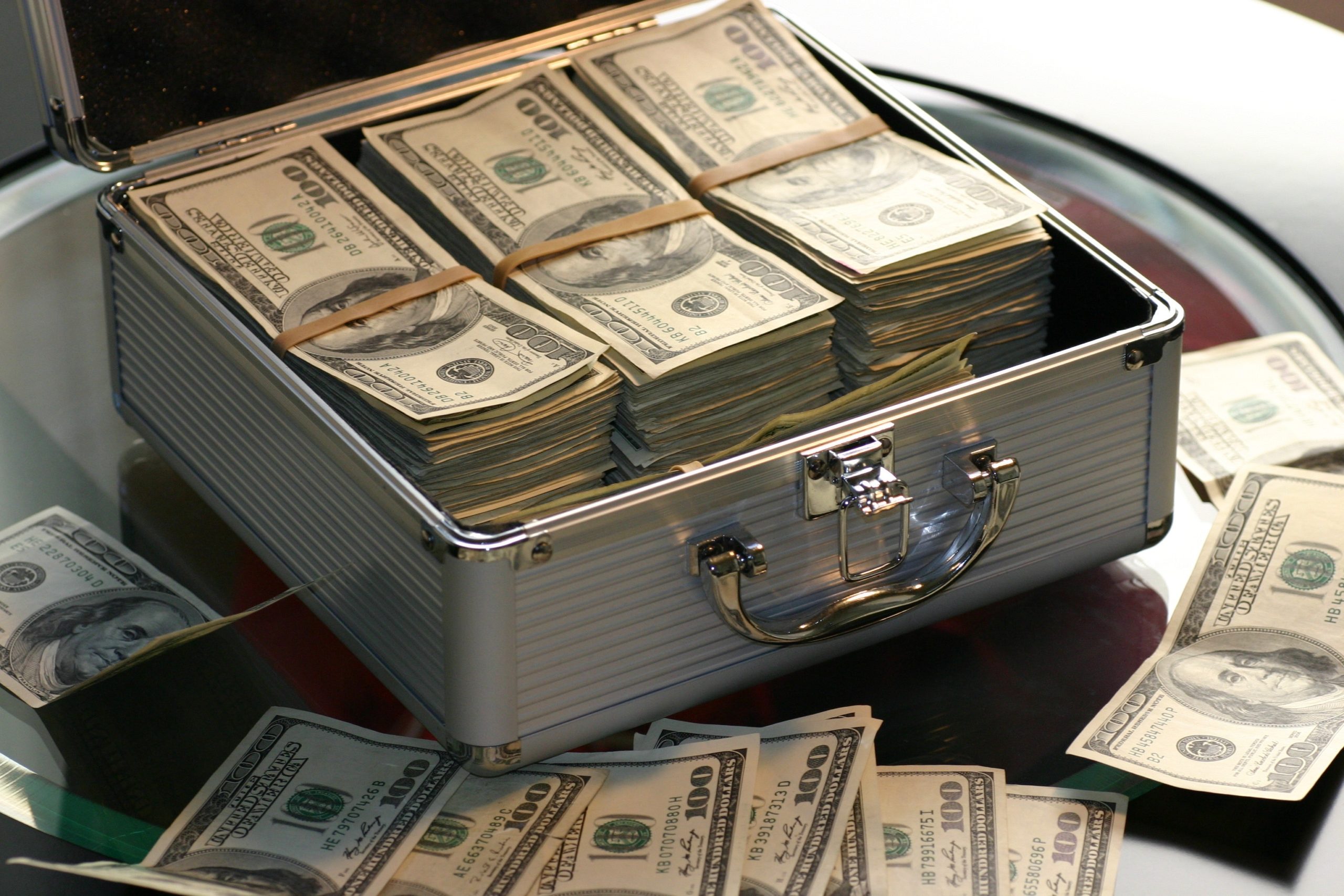By March of this year, most Americans observed either full or partial lockdown. Spending habits changed seemingly overnight. People followed the advice to stay safe by leaving home only for fresh air and essential items such as groceries and medications. Panic buying took hold with people rushing out to stock up on toilet paper and hand sanitizers. Stores eventually forced consumers to limit the purchase of high-demand items. Today, most Americans are still in full or partial lockdown as a result of the COVID-19 pandemic. After months of social distancing and self-quarantine, Americans are still spending money differently. They are reprioritizing what are “needs” and what are “wants”. Here’s how COVID-19 changed our spending habits.
We Stopped Shopping at the Mall
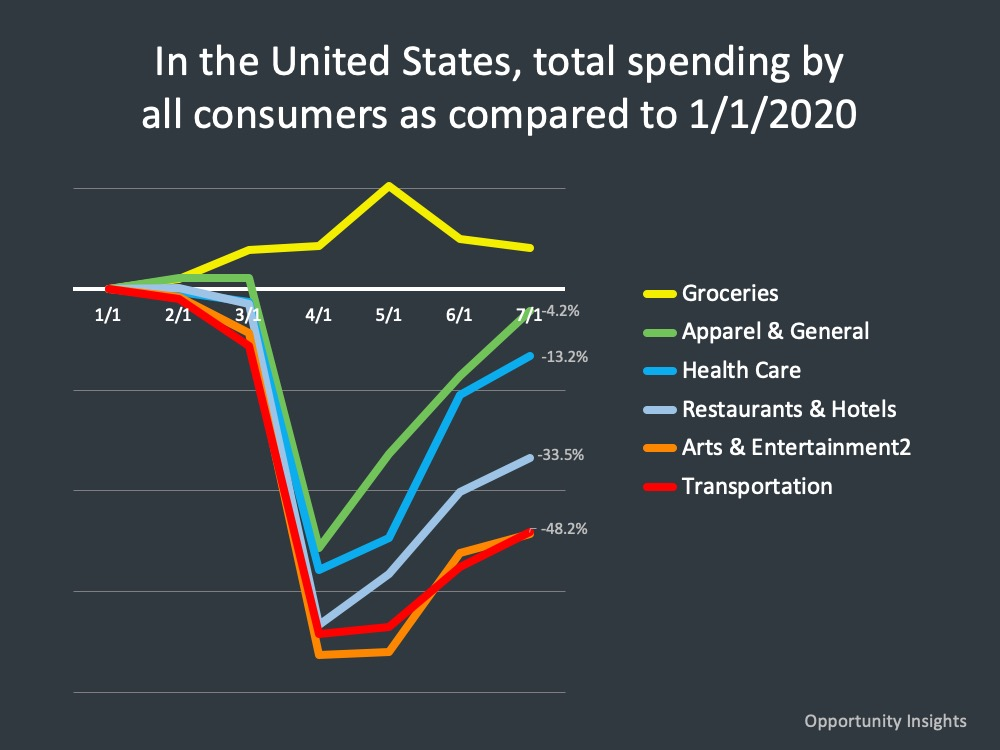
During the pandemic, the amount we spent on retail dropped tremendously. People started spending more on basic items such as groceries. Opportunity Insights studies showed the increase in spending in groceries and the decrease in spending on transportation, arts, and entertainment. Out of necessity, shoppers moved online and away from the large retail chains at the mall.
To adjust, retail stores and small business owners tried to respond. Restaurants offered more safe environments such as outdoor eating. Retailers started selling masks and other COVID-19 pandemic essentials. JPMorgan also reports that during the pandemic, consumers spent more on household cleaners, soaps, vitamins, hair color, and coffee. They spent less on cosmetics and sun care.
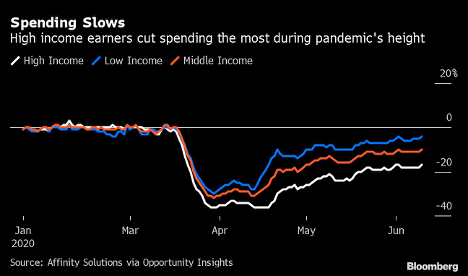
Additionally, according to Harvard University researchers, the richest quarter of Americans cut their consumer spending more than any other income group during the height of the pandemic. COVID-19 changed their spending. They may be on to something. The organization Wealthy Habits suggests building habits that will increase your wealth, including how you spend.
Unfortunately, it also meant that small businesses in more affluent areas that rely on the wealthy to spend, also suffered the most. “A majority of the drop came from reduced buying of goods or services that require in-person contact — such as hotels, transportation and food services”. This was cited by a Bloomberg article on June 18, 2020.
We Stopped Eating Out
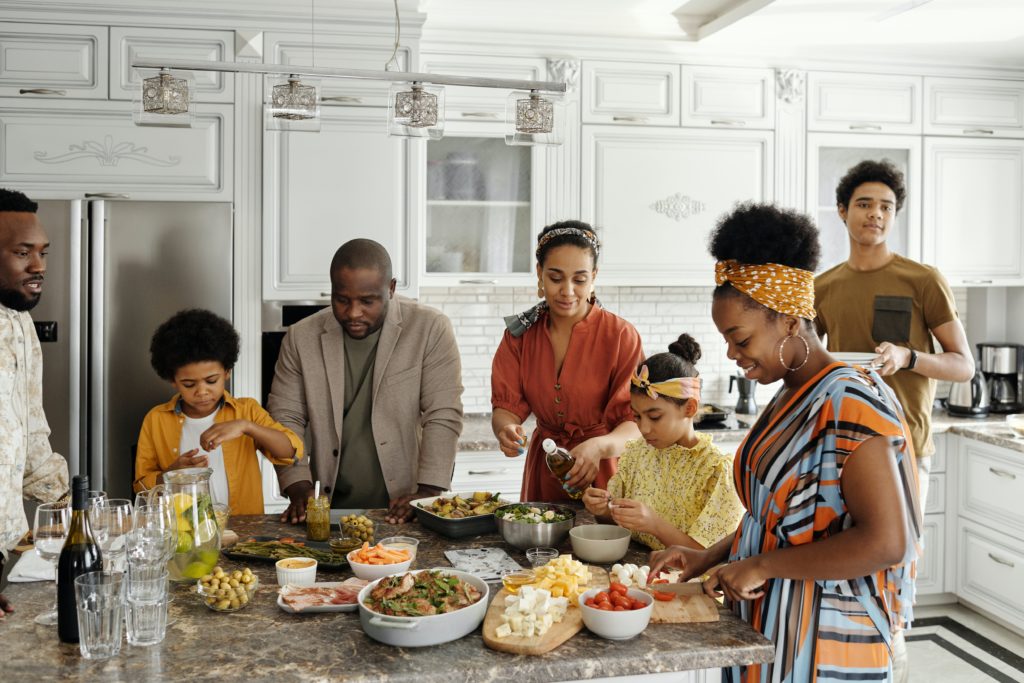
During the pandemic, we also stopped going to restaurants and picking up take-outs. Before the pandemic, many people could stop off for a salad or eat out with friends on a consistent basis. According to Business Insider, in 2019, Americans ate out 5.9 times a week on average. Now, the USDA reports that in February 2020, Americans spent $67.6 billion on food away from home (FAH) versus $$35.7 billion (53% decrease) in April 2020.
Since then, cooking at home and spending time with family was revitalized. Social media responded to the need. Facebook and YouTube became favorite sources for best recipes, at-home menus, and video tutorials on cooking. In time, families adjusted and it became routine to have meals at home. This change in spending affected bank accounts as well. There was more disposable income to spend on groceries.
Many people say they will keep this pattern of eating from home even after the pandemic has passed. “A consumer survey last month suggests that some of the pandemic trends are here to stay. Its survey found that about 70% of respondents expect to cook more at home and about 80% expect to eat the same or more at home post-COVID as they did during COVID-19”, Fortune.com reports.
We Started Saving More
According to a CNBC article, report, 60% of the U.S. population polled consider themselves “savers.” This is up from 54% last year. Additionally, Survey Monkey reports that nearly half of “savers” and “spenders” alike say they are now more of a “saver” because of the coronavirus (COVID-19) outbreak (46% among savers and 47% among spenders). During this pandemic, we were reminded of the importance of having reserve cash.
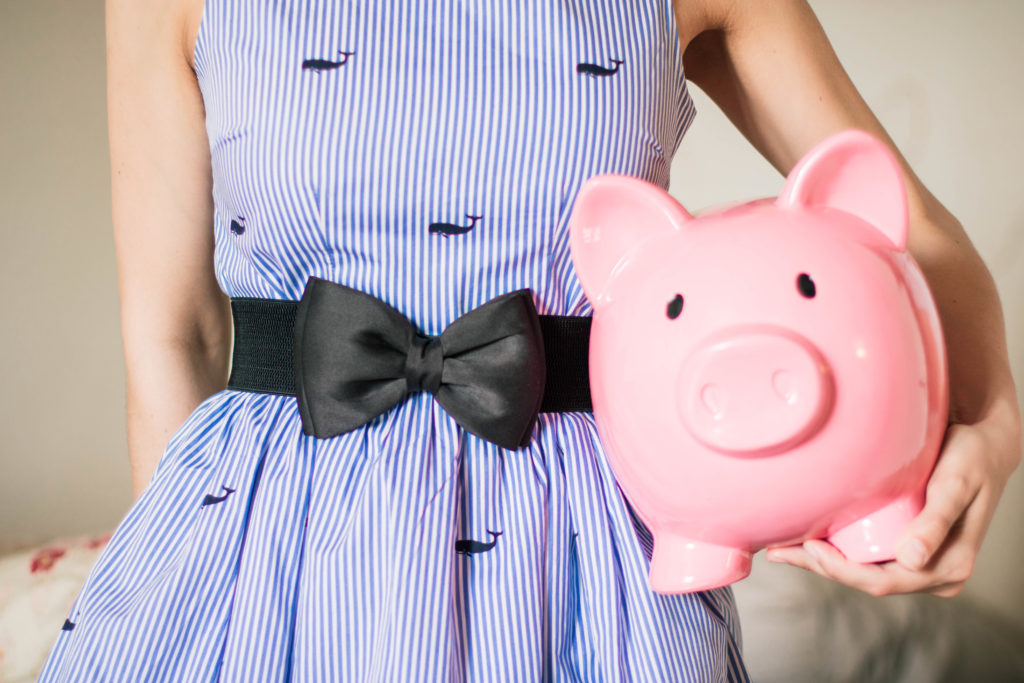
With the current employment rate for September is at 7.9%, according to the Department of Labor. This is down from August’s rate of 8.4% and the peak in April of 14.7%. Many Americans face unemployment and the harsh realty of not being prepared. Today, it seems the the amount of emergency reserves needs to be greater than previously anticipated. Emergency savings that match your income and needs remains a priority.
Winnie Sun, managing director of Sun Group Wealth Partners in Irvine, California, said she has clients who are spending less money. That, in turn, has them feeling a sense of urgency. Her firm’s client meeting schedule is up substantially since the pandemic began. “We have seen an uptick in an interest in investing,” said Sun, a member of the CNBC Financial Advisor Council. “They are seeing their checking accounts getting larger and they think that money is not earning enough for them.”
Parting Thoughts!
The COVID-19 pandemic changed our spending. Studies are suggesting that these changes may be for the better and may be here to stay. It remains to be seen if frugality will become the mainstay. It’s hard to say if luxury goods will become redundant or whether the pandemic crisis will be forgotten once a vaccine is found. It all remains to be seen. If history teaches us anything, we will likely never be the same.
Please reach out and let me know your thoughts on the future. I would love to hear from you.
Sources: Wealthy Habits: What COVID-19 Should Have Taught Us About Our Finances; Bloomberg: Richest 25 of Americans Cut Spending The Most During Pandemic; How COVID–19 Has Transformed Consumer Spending Habits

